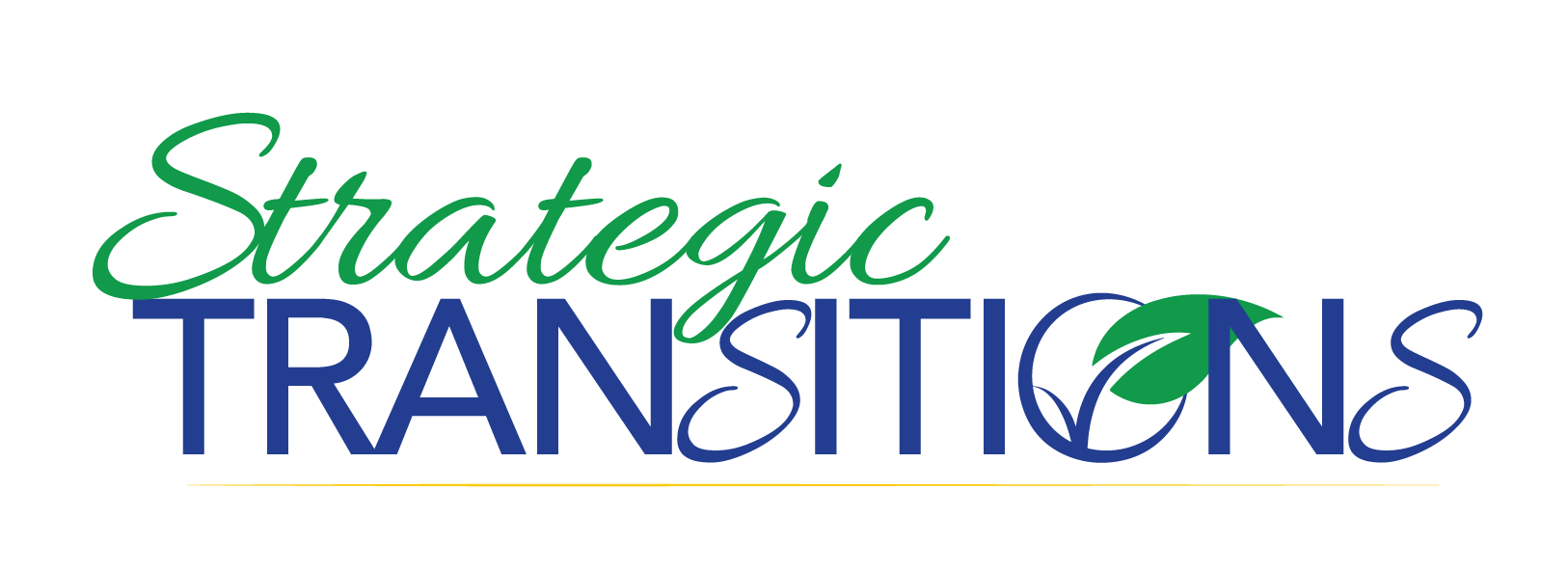
This spring marks The Great Return to the office for many employees after over two years of remote work. Although the pandemic fueled record levels of job departures, with 4.4 million workers quitting or changing jobs in February, some companies’ hunger for in-person collaboration has triggered a wave of in-office summons.
Amid the hope that the coronavirus will soon become endemic, a survey by Sequoia of 450 U.S. companies, revealed that 24% will require employees to return to the office in some form this spring, and another 11% are planning to bring people back later this year.
Part of the workplace return will involve navigating the new messy world of hybrid work and how to address employee requests to continue working remotely fairly. Yet, for some, the looming return to an in-person work environment can bring up haunting memories of being victimized by office bullies, discrimination and harassment.
For all the pitfalls of “Zoom fatigue,” the ability to switch off the camera and go about one’s workday in the safe comforts of home has provided a break from experiencing toxic work environments in the flesh. For this reason, it’s understandable that some people may have mixed feelings about going back.
It’s more than overcoming social anxiety, getting back to the swing of things or worrying about soaring gas prices. For example, Gabriel Yomi Dabiri, a Black lawyer who’s managing partner at Polsinelli PC’s New York office, said that he mentors many attorneys from diverse backgrounds who’ve experienced remote work as an opportunity to feel judged solely on their merits.
“I’ve heard that they felt like they’re in scenarios where they’re submitting work and being judged solely on the work and whatever kind of anchor that had been holding them back by virtue of race is not necessarily present in a remote environment,” Dabiri told Bloomberg Law.
For others, it’s been a novel experience to focus on one’s work without having to constantly emotionally process microaggressions from coworkers or managers. However, choosing to continue working remotely while others return could have negative consequences like pay cuts or missing out on opportunities created by the in-person collaborations that executives are emphasizing.
It’s more than overcoming social anxiety, getting back to the swing of things or worrying about soaring gas prices.
For what it’s worth—and that value remains to be seen—some companies are turning to virtual reality headsets to combat sexual harassment and discrimination in the workplace. The rationale is that related trainings historically given by HR are obsolete (often true) and that VR will help people to empathize with the experience of being victimized in the workplace (maybe).
What’s certain is that deploying VR for such trainings will get workers’ attention to the issues at hand. However, the technology’s power to change behavior is another matter, and critics point out that VR isn’t a substitute for lived experience.
Much of VR’s promise of reducing workplace toxicity may depend on how well a given company can effectively deploy it and the quality of the VR training itself. But real change must go a bit deeper than a tech fix. Many companies will soon have to woo employees back with flexible work schedules, office amenities that are relevant in the new era, transportation benefits and more.
Yet, what may go even further than those perks is taking steps to cultivate healthy, supportive work environments. Getting rid of the problematic practice of using NDAs to sweep troubling incidents under the rug is one way. Others steps are making wellness a priority and fostering a culture where workers feel that they can express their concerns without fear of reprisal.
Connect with Yonette
My coaching & mentoring opportunities are tailored for you in your particular circumstance. After an initial discussion, together we decide and confirm which individualized opportunity suites you best.Did you know?
About 42 percent of Americans have had a “career lightbulb” during the pandemic, according to a OnePoll survey commissioned by the Universal Technical Institute. In addition, a special report from the McKinsey Global Institute forecasts that over 100 million people worldwide, or 1 in 16, will need a different occupation by 2030. This represents a 12 percent uptick from pre-pandemic estimates.
The Universal Technical Institute says that the threats resulting from the pandemic have “reinvigorated people toward pursuing a career that is more fulfilling than their current one.” This time of uncertainty is a time of opportunity for professionals at all stages of their careers who are open to fresh career and professional experiences. People are asking themselves fundamental questions about leveraging their current professional status into what gives them the deepest sense of fulfillment and alignment with their core values.

About the Author
Dr. Yonette Thomas is a thought leader, committed mentor, and amplifier of professional paths. She created Strategic Transitions to share her leadership and professional insights with early career, mid-career, and senior-career individuals needing a hand-up, a strategy conversation, or a path amplifier.
